 Thunderbit
VS
Thunderbit
VS
 Web Scraper
Web Scraper
Thunderbit
Thunderbit revolutionizes web data extraction by combining AI technology with user-friendly functionality. The Chrome extension enables users to scrape websites using natural language commands, eliminating the need for complex selector configurations or coding knowledge.
The platform offers pre-built templates for popular sites like Amazon, eBay, and Google Maps, while incorporating AI capabilities for data formatting, summarization, categorization, and translation. With seamless export options to tools like Google Sheets, Airtable, and Notion, Thunderbit streamlines the entire data collection process.
Web Scraper
Web Scraper provides robust solutions for automated data extraction suitable for both regular and professional applications. Users can configure data scraping tasks through an intuitive point-and-click interface directly within their browser using the free Chrome or Firefox extension, eliminating the need for coding.
The platform handles complex websites, including those with dynamic content, JavaScript execution, and multi-level navigation. For larger-scale or scheduled operations, the Web Scraper Cloud service offers features like automated scheduling (hourly, daily, weekly), IP rotation via proxies, data parsing, and API access. Data can be exported in CSV, XLSX, and JSON formats, with integrations available for Dropbox, Google Sheets, and Amazon S3 to streamline workflows.
Pricing
Thunderbit Pricing
Thunderbit offers Freemium pricing .
Web Scraper Pricing
Web Scraper offers Freemium pricing with plans starting from $50 per month .
Features
Thunderbit
- Natural Language Scraping: Write column names and data types in plain English
- Pre-built Templates: One-click data export for popular sites like Amazon and eBay
- AI Data Processing: Summarize, categorize, and translate data while scraping
- Subpage Navigation: Automatically extract data from linked pages
- Multiple Export Options: Direct export to Google Sheets, Airtable, and Notion
- Data Formatting: Customize output format during the scraping process
Web Scraper
- Point-and-Click Interface: Configure scrapers visually without coding.
- Dynamic Website Handling: Extracts data from sites using JavaScript and AJAX.
- Cloud Automation: Schedule and run scraping jobs in the cloud.
- Multiple Export Formats: Export data as CSV, XLSX, and JSON.
- API & Webhooks: Manage scrapers and access data programmatically (Cloud plans).
- Proxy Rotation: Use thousands of IP addresses for scraping tasks (Cloud plans).
- Data Integration: Connect with Dropbox, Google Sheets, and Amazon S3 (Cloud plans).
- Sitemap Customization: Adapt data extraction to various site structures.
Use Cases
Thunderbit Use Cases
- Lead generation
- Competitor monitoring
- Content analysis
- Price tracking
- Market research
- Data collection automation
Web Scraper Use Cases
- Automating market research data collection.
- Extracting product details and prices for e-commerce analysis.
- Gathering leads from online directories.
- Monitoring competitor websites.
- Collecting data for academic research.
- Aggregating news or content from multiple sources.
FAQs
Thunderbit FAQs
-
How does natural language scraping work?
Instead of configuring complicated selectors, you can write your preferred column names and data types in plain English. AI then organizes and extracts the data for you, similar to having an intern read the webpage and copy-paste information into a table. -
What is a Credit?
A credit is the unit used to measure feature usage in Thunderbit. 1 credit is consumed per output row for AI Web Scraper, 1 credit per output message for Advanced Model Messages, and 30 credits for each successful Personal Data Enrichment query. -
Can I scrape data from linked subpages?
Yes, the AI can automatically navigate subpages with minimal setup, extract key information, and consolidate it into a single enriched table, saving hours of manual work. -
What happens if I exceed my monthly credits?
If you exceed your monthly credits, you will need to upgrade to a higher-tier plan or wait until your credits reset at the start of the next billing cycle.
Web Scraper FAQs
-
What is a URL Credit?
A URL credit represents a single page loaded by the Web Scraper Cloud. For example, if the scraper has to go through 100 pages, 100 URL credits will be charged. Extracting 100 records from a single page uses only one credit. -
Do I need to input my credit card information to start the free trial?
No. -
How does the Scale plan differ from other plans?
The Scale plan is built for large volume scraping. It offers unlimited URL credits with a scalable number of parallel running scraping jobs. -
Can I upgrade or downgrade my subscription plan?
Yes, you can upgrade your plan anytime. Downgrades can be scheduled and take effect at the start of the next billing cycle. -
Will I be able to scrape a specific site?
No universal web scraping tool can scrape every site. It's recommended to try it out using the free trial or free extension.
Uptime Monitor
Uptime Monitor
Average Uptime
100%
Average Response Time
488.8 ms
Last 30 Days
Uptime Monitor
Average Uptime
100%
Average Response Time
114.14 ms
Last 30 Days
Thunderbit
Web Scraper
More Comparisons:
-

Thunderbit vs AIScraper Detailed comparison features, price
ComparisonView details → -
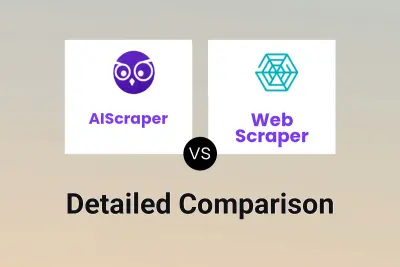
AIScraper vs Web Scraper Detailed comparison features, price
ComparisonView details → -
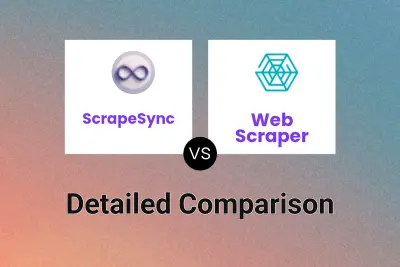
ScrapeSync vs Web Scraper Detailed comparison features, price
ComparisonView details → -
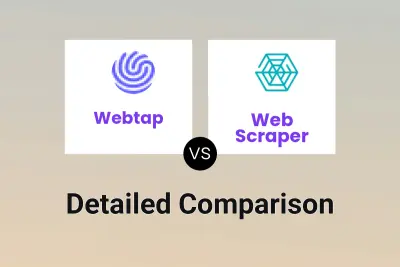
Webtap vs Web Scraper Detailed comparison features, price
ComparisonView details → -
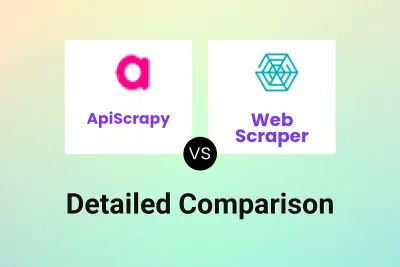
ApiScrapy vs Web Scraper Detailed comparison features, price
ComparisonView details → -
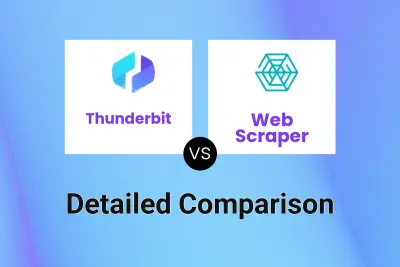
Thunderbit vs Web Scraper Detailed comparison features, price
ComparisonView details → -
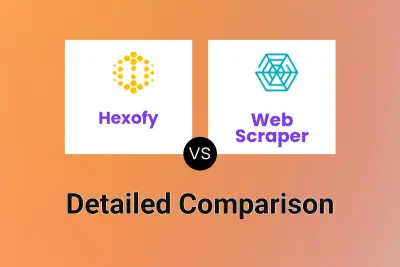
Hexofy vs Web Scraper Detailed comparison features, price
ComparisonView details → -

Thunderbit vs NoCoding Data Scraper Detailed comparison features, price
ComparisonView details →
Didn't find tool you were looking for?